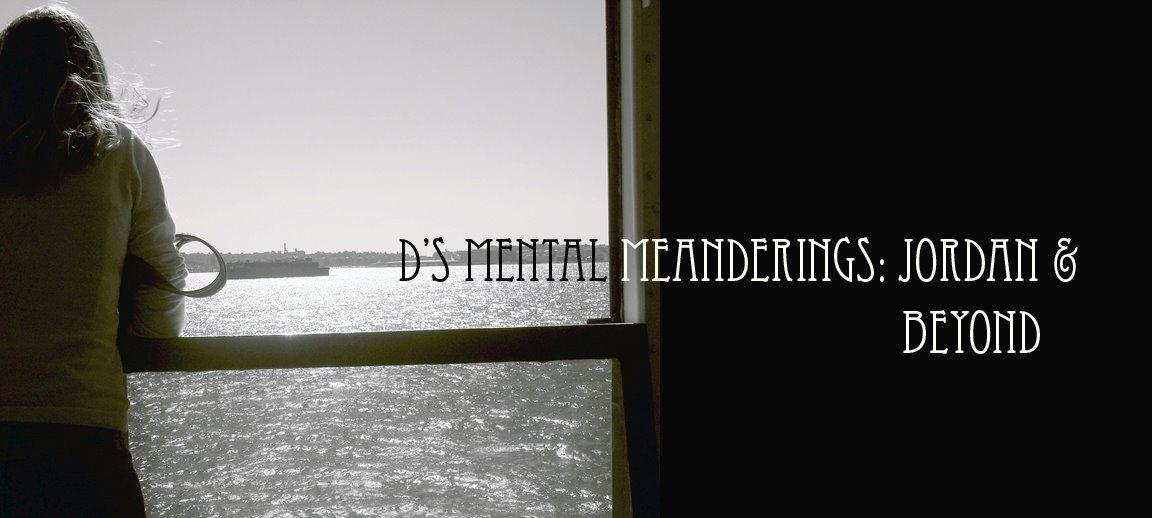If you have the chance check out the NYTs gallery of photos and video on their website! Plus Justyna's website, which is amazing!!!
September 3, 2009, 12:00 am
By James Estrin
http://lens.blogs.nytimes.com/2009/09/03/showcase-45/?ref=global-home
PERPIGNAN, France — If you want to understand why Justyna Mielnikiewicz has spent eight years photographing border disputes and ethnic conflicts in the South Caucasus, you should know two stories from her childhood.
First: When she was a child in Marklowice, in the Silesian region of Poland, she said her family spoke “proper” Polish at home and the local Silesian dialect outside, to fit in with the locals. Justyna watched her sister switch to dialect the moment she crossed the fence around their yard. But Justyna was a stubborn child and got it in her head to speak only proper Polish everywhere. As a result, she was mercilessly bullied by her schoolmates and nicknamed “the stranger.”
Second: On the way to school every day, she passed a large monument commemorating the Auschwitz prisoners who were marched through her village by the German army as they retreated from the Russians in early 1945. Thousands died along the way.
Now, Ms. Mielnikiewicz, 36, focuses on the crossroads between ethnicity, political borders and history. She sees the Caucasus — where Russia has recognized the breakaway regions of Abkhazia and South Ossetia as independent from Georgia — as a place perfectly suited to explore these themes.
She recalled: “When I started going to Abkhazia, people said: ‘Why are you coming here? Nobody’s interested. I said it’s because it’s my personal journey to learn why people are doing this to each other, why people who live together can suddenly hate each other.”
This eight-year journey has now brought Ms. Mielnikiewicz to the Visa pour l’Image photojournalism festival in France, where she is to receive the Canon Female Photojournalist Award on Saturday. It is presented by the French Association of Female Journalists and includes a prize of 8,000 euros ($11,418) that will enable Ms. Mielnikiewicz to finish a project that will be exhibited at next year’s festival in Perpignan.
Ms. Mielnikiewicz photographed the war in South Ossetia for The Times. Her coverage included an audio slide show, “Photographers Journal: Fleeing the Georgian Conflict” and her pictures appeared in “Conflict in South Ossetia.”
Patrick Witty, the international picture editor at The Times, worked closely with Ms. Mielnikiewicz. On the second day of the war, he recalled, she sent him an e-mail message saying she had no ambitions to become a war photographer. “Despite this,” Mr. Witty said, “and despite her lack of a flak jacket, a helmet, or any experience photographing conflict before, she made the most memorable and moving pictures of the war. Her work is breathtaking.”
For the Perpignan competition, however, the photographs she submitted were not about the war but about the context of the war and the forces that create divisions.
While the chaos of war was a jarring experience for Ms. Mielnikiewicz, it was the the empty streets of the the Georgian city of Gori that really bothered her.
“I never realized that silence was the scariest thing, more than the explosions,” she said. “There were no cars, no one walking. It is not normal to hear silence in a big city. During war, reality goes upside down.”
The fighting has ended — at least for now — and Ms. Mielnikiewicz has gone back to documenting the context of the conflict . She is still trying to figure out why people can act so cruelly to their neighbors.
Subscribe to:
Post Comments (Atom)




No comments:
Post a Comment